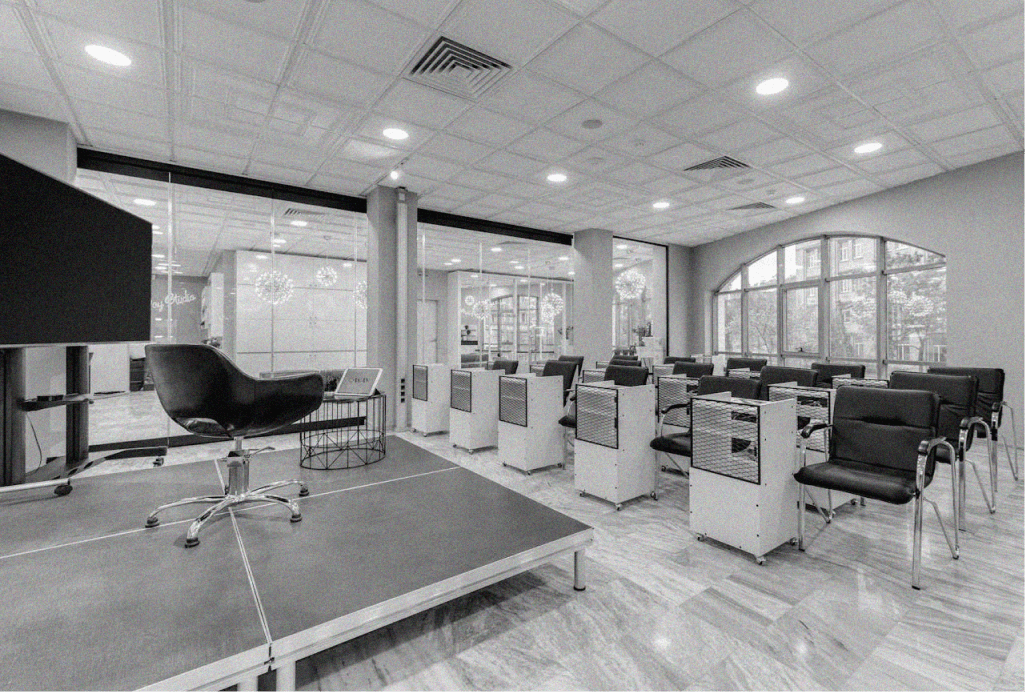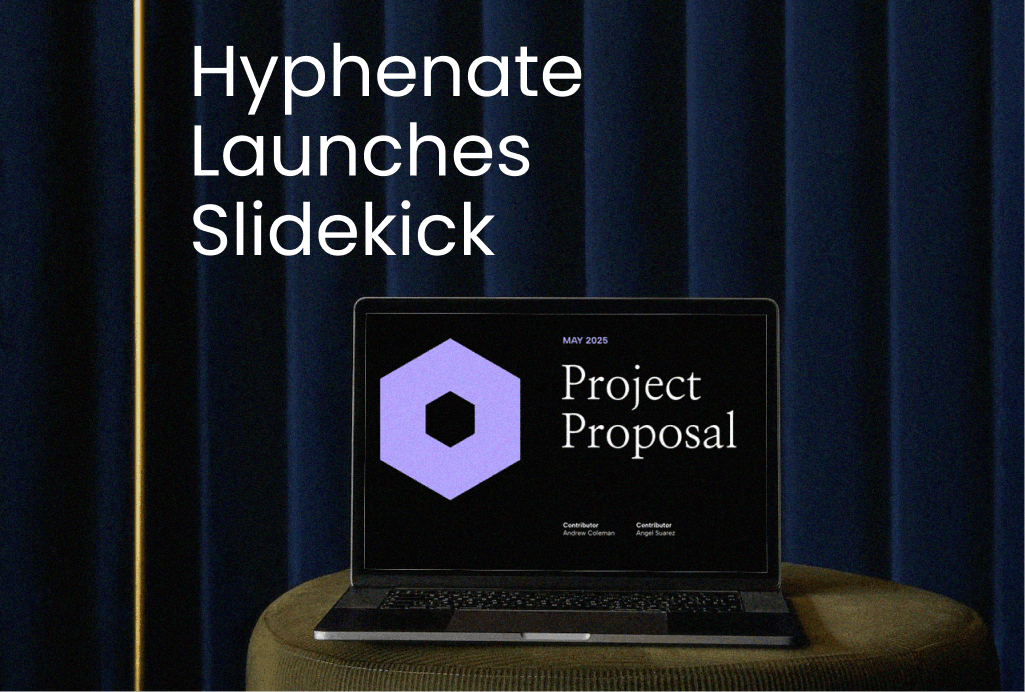Knowledge
The Best Solution Still Needs the Right Stage
Hyphenate was purpose-built for teams that face a familiar challenge: every project they sell is a unique snowflake. They’re not reselling the same solution over and over. Every project is different. Every proposal requires fresh thinking. That’s still true today. We work with companies who customize their solutions every single time because their customers’ needs are unique and evolving.
Early on, I believed that if we could help teams define the right solution, that was enough. The rest—the document, the format, the layout—felt like packaging. What mattered was the house, not the paint color. Get the structure right and you’ve done the hard part.
But over time, I’ve come to realize something critical: it’s not just about building the best house, it’s about making sure someone opens the front door and walks inside.
An amazing solution that never gets read or never gets fully understood doesn’t serve the customer. It doesn’t drive action. A good enough solution that gets consumed and clearly understood is far more effective. Yes, the solution is the most important part of your content. But how you present that content determines whether your customer actually consumes it. And that’s what determines whether your solution makes an impact.
Presentation Isn't Decoration. It's Delivery.
Many companies create internal rules for how solutions should be packaged. If it’s a new customer, put it in a thorough presentation. If it’s a returning client, send a Word doc or even just an email. But this kind of decision-making is based on your internal preferences, not the customer’s needs.
What works best for you operationally might not work best for the person reading the proposal. Maybe that repeat customer is exploring an entirely new area and needs a high-level walkthrough. Or maybe the new prospect is technical and prefers a crisp written document with fewer visuals and more detail.
The best companies don’t rely on internal shortcuts or default templates. They match both the solution and the presentation of the solution to the customer and the opportunity. They consider how the customer processes information, what level of context they’ll need, and how the proposal is likely to be consumed.
That decision matters. It affects whether the solution is seen, whether it is understood, and whether it creates movement.
How to Choose the Right Format for Presenting Your Solution
Here are some guiding principles to help you choose the most effective format and style based on the customer, the context, and the content.
Written Document vs. Visual Presentation
Use a written format (Word doc or PDF) when:
The customer prefers to read and review at their own pace.
The proposal needs to serve as a reference document, with traceable logic and clearly documented scope.
The audience includes technical reviewers, legal teams, or procurement who may skip to specific sections.
Use a visual format (PowerPoint or slides) when:
You’ll be presenting the solution live and want to guide the narrative.
You need to simplify or translate a complex idea using visuals, diagrams, or flowcharts.
You’re introducing something unfamiliar and want to ease the audience in with high-level storytelling.
Formal vs. Informal Tone and Delivery
Use a formal format (Word doc or PPT) when:
The customer is new to your company or this type of work.
You need to demonstrate thoroughness, credibility, or compliance.
The proposal might be circulated widely across a customer organization.
Use an informal format (email or lightly formatted doc) when:
You have an established, trusted relationship with the client.
The scope of work is straightforward or similar to previous engagements.
You want to keep the process fast and conversational, not bureaucratic.
Detailed vs. Visionary Content
Lean into detail when:
The customer needs to understand exactly how the solution will work and what’s included.
You’re responding to an RFP or working with a procurement-heavy process.
The customer has a technical background and values specifics.
Lean into vision when:
The customer is still deciding what direction to take and you want to shape their thinking.
You’re introducing a new approach or shifting the customer’s perspective.
You’re working with senior executives or strategic buyers who need to see the “why” before the “how.”
Outline vs. Prose
Use an outline or bullet format when:
You want the key points to be quickly scannable.
The customer is time-constrained or has shown a preference for brevity.
The solution is transactional or highly structured.
Use narrative prose when:
You need to tell a story to build context and connect emotionally.
The customer is exploring a new area and needs help understanding how everything fits together.
You’re walking them through a custom or consultative approach that doesn’t follow a linear checklist
Final Thought
The solution is always the heart of the proposal. But if the solution never reaches the customer in a way they can process, trust, and act on, then it never delivers its value.
How you present the solution determines whether it gets consumed, whether it resonates, and whether it moves the conversation forward. That’s not extra. That’s essential.
It’s not just what you say. It’s how you help your customer hear it.






